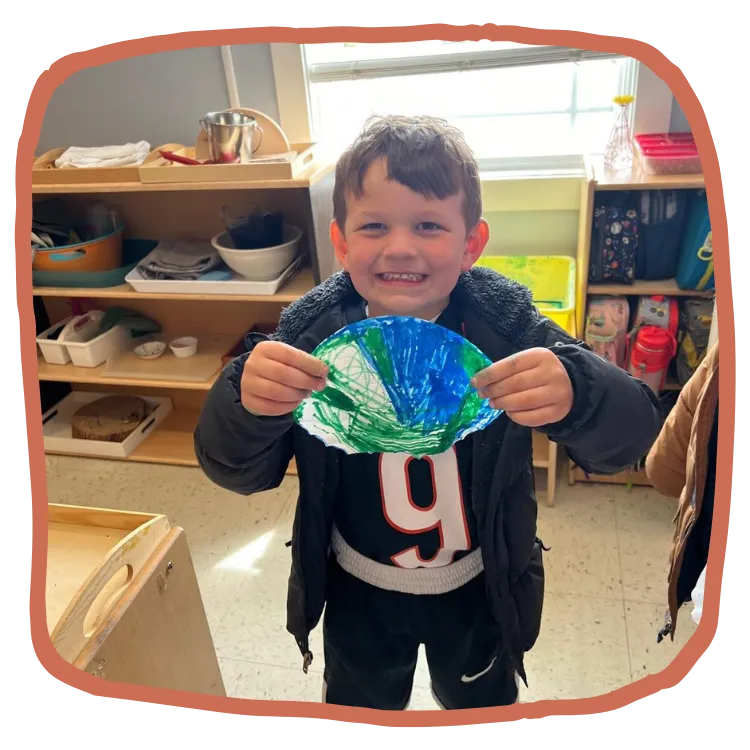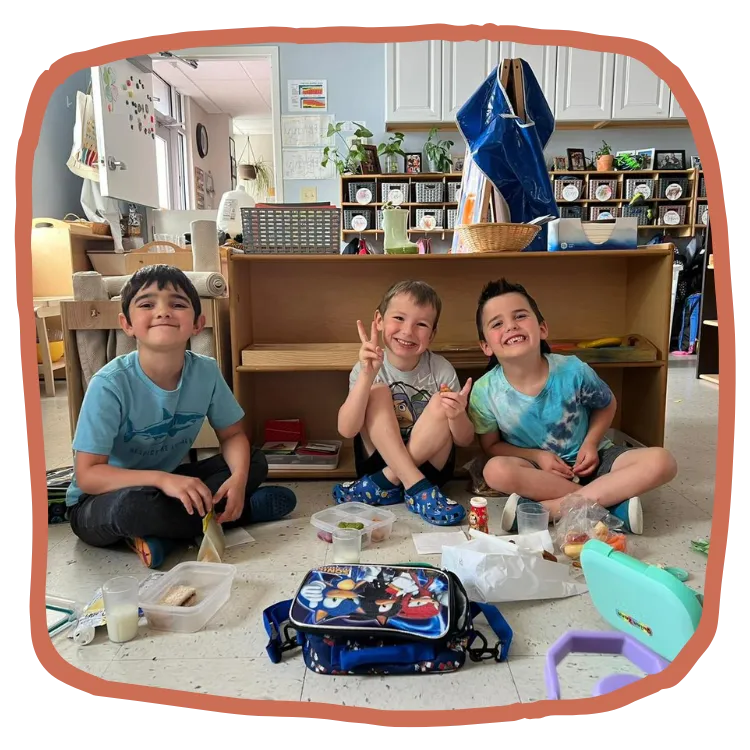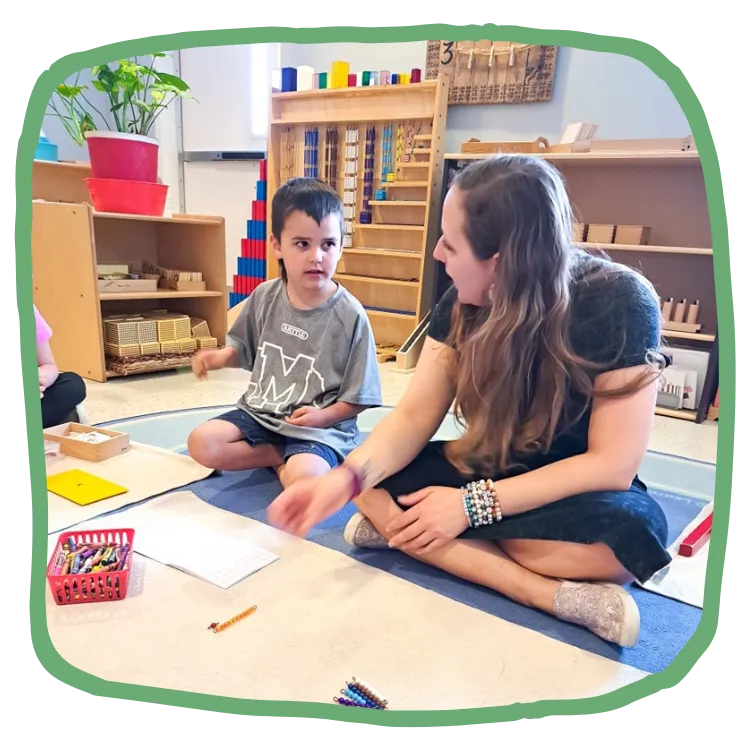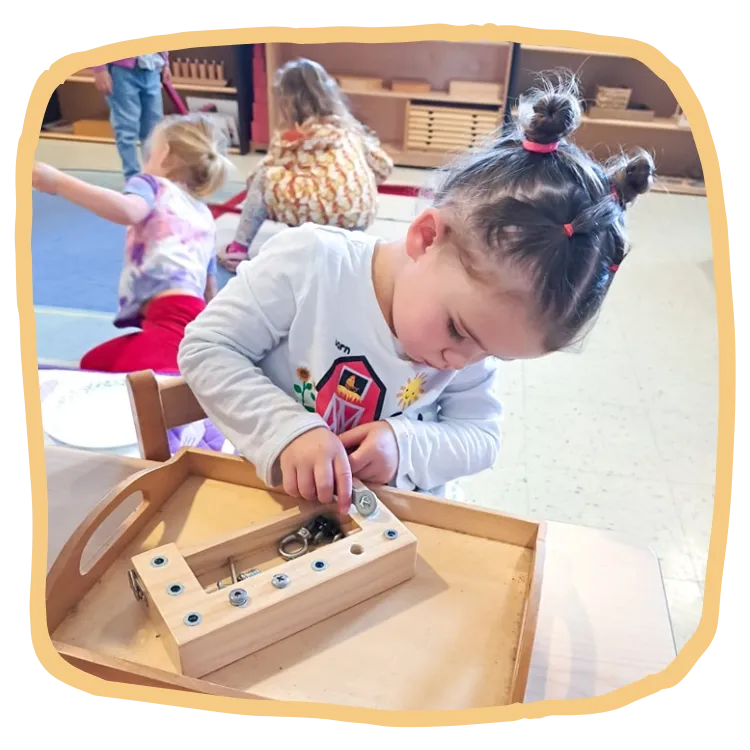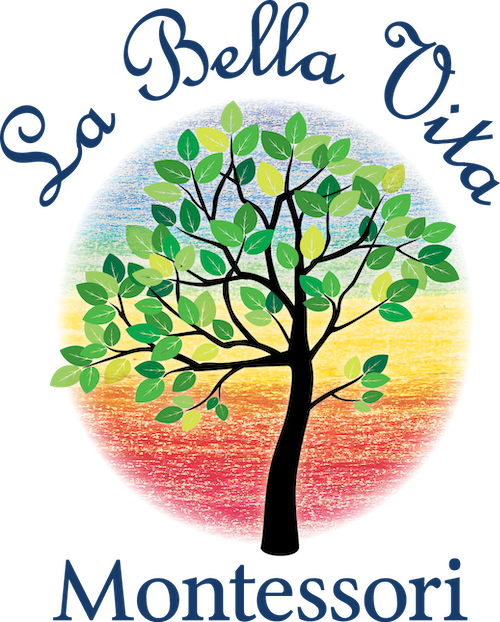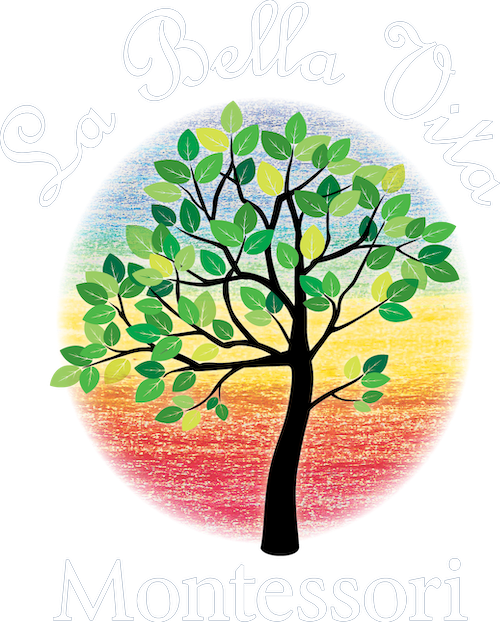
La Bella Vita Montessori
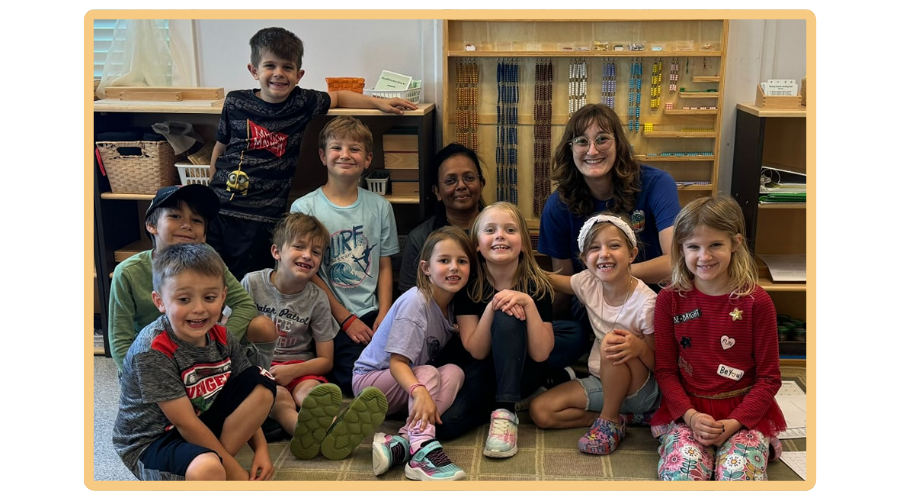
Top-Rated Early Education and Childcare Services In Omaha
High-quality child care for children aged 6 weeks to 6 years, Monday to Friday, 7:15 am to 5:45 pm.
Why Choose La Bella Vita Montessori School for the Best Childcare Services in Omaha?
Located in Omaha, Nebraska, our modern and peaceful Montessori facility offers high-quality education in a vibrant environment. Our Montessori-certified teachers are dedicated to fostering independence, self-motivation, and a lifelong love of learning, creating a setting where children truly engage with their education.
In our school, we prioritize your child's development, offering a safe, secure, and individualized environment that encourages exploration and growth. Our diverse and respectful community supports children in expanding their comfort zones and falling in love with learning and themselves.
Everything we do is centered around providing the highest-quality childcare and education, making this a magical time for your child’s development.

Age Groups:
6 Weeks - 18 Months
18 Months - 3 Years
3 Years - 6 Years
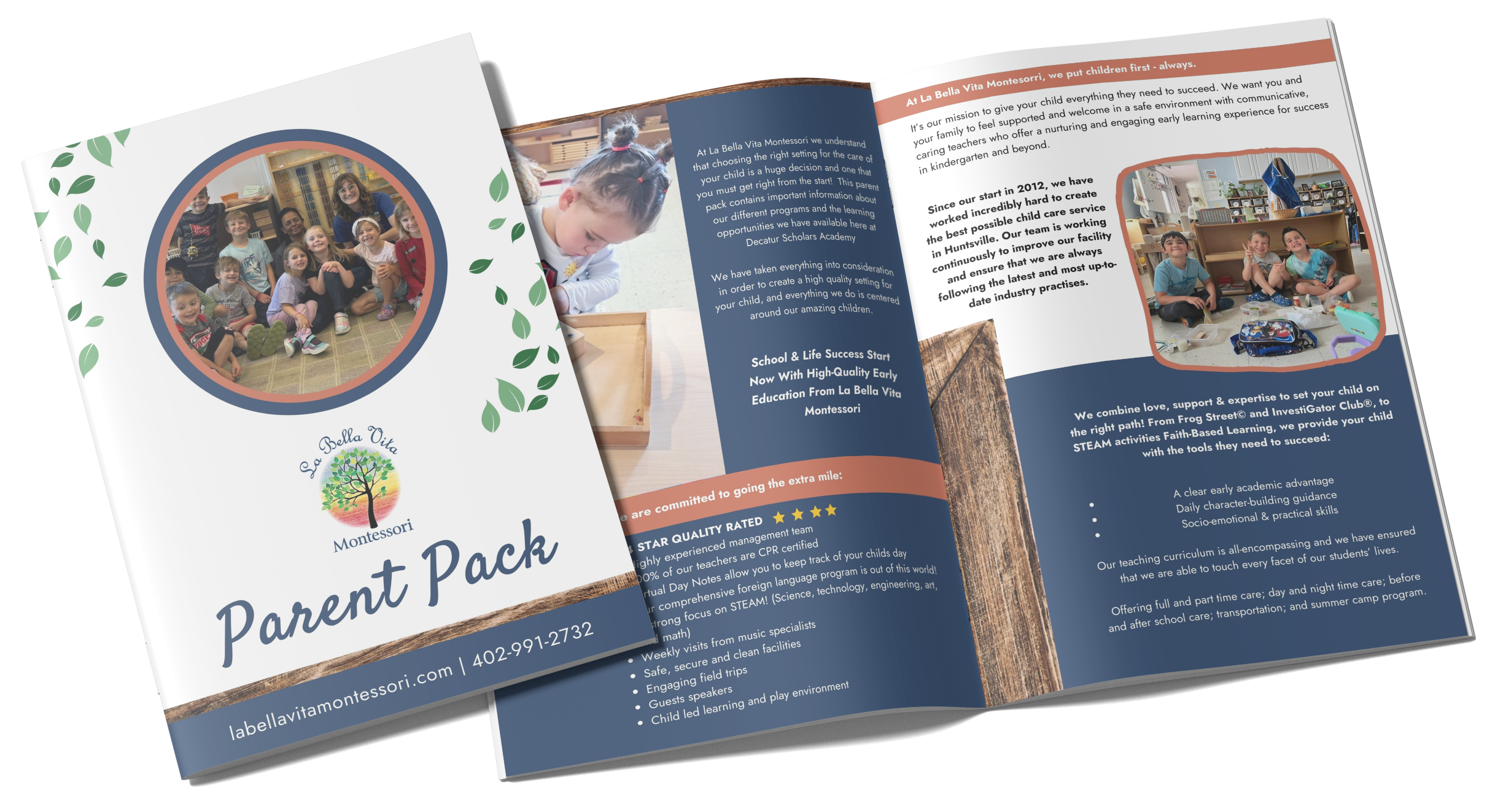
Get Our Free Parent Pack
We’d love to send you a FREE parent pack, full of helpful information about La Bella Vita Montessori
Our Mission
Our mission is to guide each student on their path of development by providing a carefully prepared environment which nurtures the mind, body, and spirit of each individual.
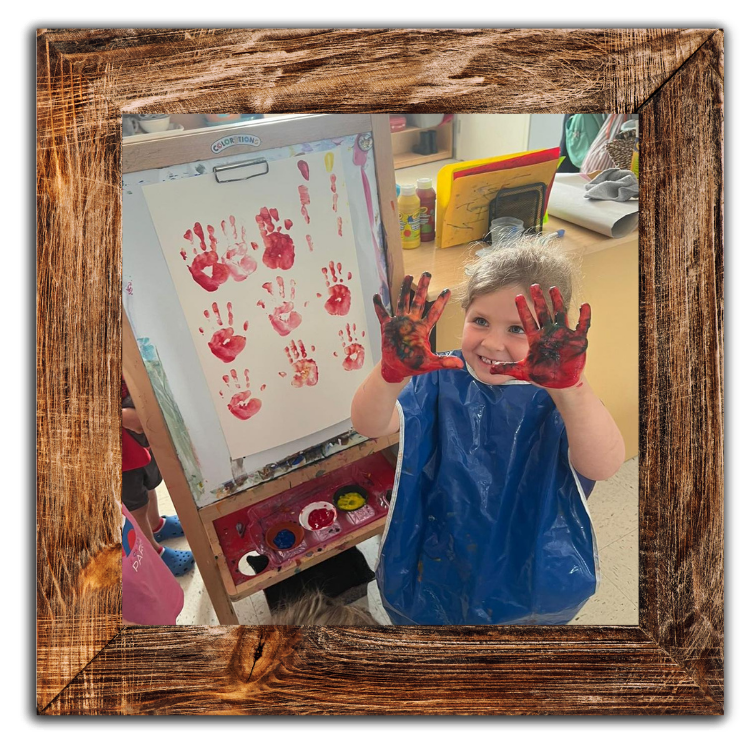
At La Bella Vita, we prioritize:
Development: Supporting the growth of independent, self-confident learners.
Learning: Inspiring a love of learning, passion for knowledge, and joy in creativity in each student.
Care: Providing reliable care and information for families.
Peace: Encouraging regular self-reflection and nurturing inner peace.
Wellness: Offering developmentally appropriate physical activity and healthy organic snacks.
Life Skills: Building a strong foundation of life skills and academics.
Group Work: Fostering a strong sense of self, respect for others, and the ability to work collaboratively.
Get Our Free Guide
We know how hard it can be choosing the perfect place for your little ones to learn and grow.
So we have made it simple for you to find out exactly what to look for when choosing the perfect Daycare.
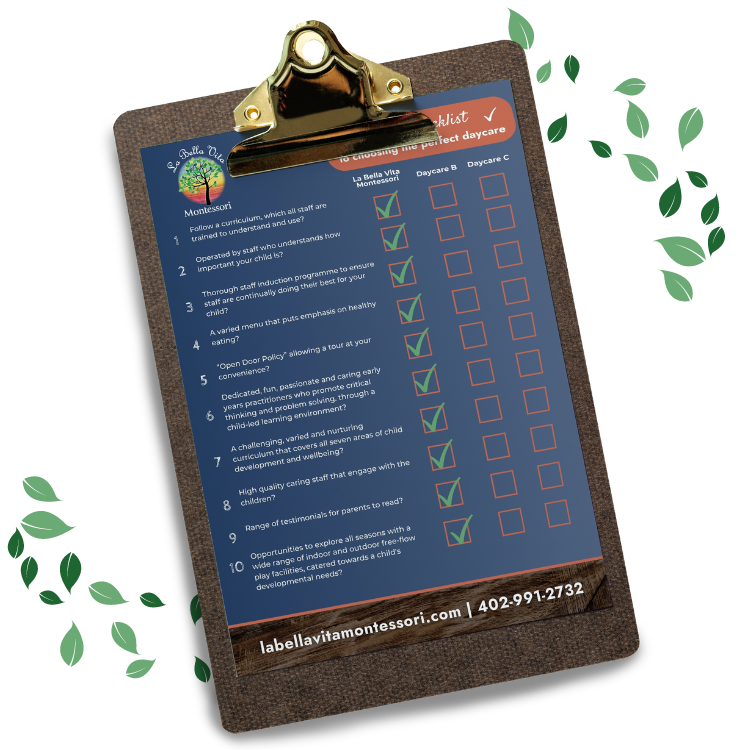
Amazing Facilities For Your Child
Here's a small sample of some of the great things your child can enjoy when they join our setting…

Here’s What Our Happy Parents Have To Say
We LOVE our parents and carers and we're so proud to share some of their thoughts with you…
About our Omaha Location
Situated in West Omaha, our school is easy to access via major roads such as West Dodge Road and Maple St., making it convenient for parents to access during their commute between work and home.
Since our start in 2014, we have worked incredibly hard to create the best possible early education and childcare services in Omaha.
Our approach recognizes children's innate curiosity and their optimal learning periods, offering a child-centered environment that fosters independence and deep understanding through hands-on exploration.
With a focus on educating the whole child, including social, emotional, and cognitive development, we create a dynamic and supportive space where students engage in meaningful, self-directed learning.
Some of the aspects that make our facility unique include:

Montessori Certification
All of our Directresses are either Montessori Certified or actively pursuing certification. We are uniquely positioned on the Pathway to Montessori Accreditation with AMS.
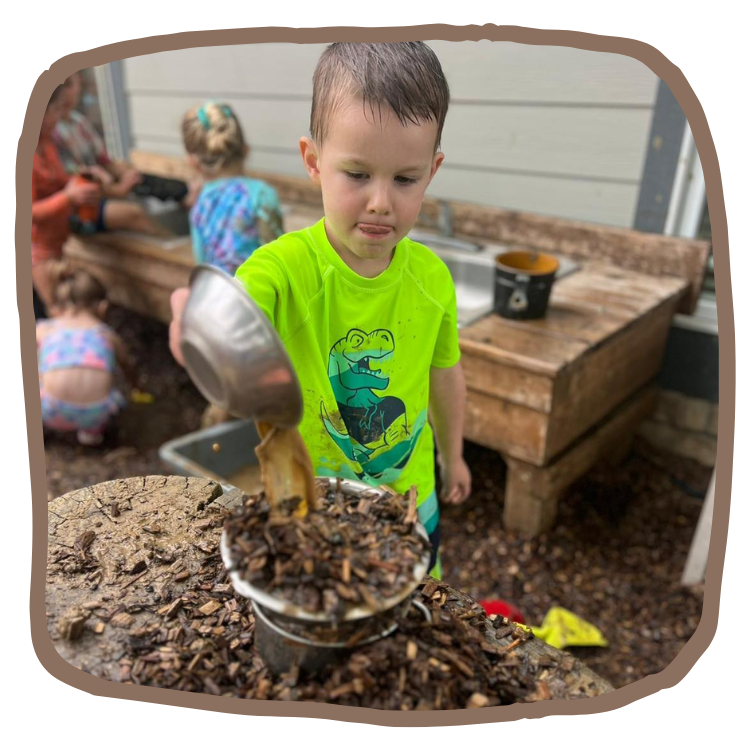
Nature Explore Classroom
We are among just over 500 schools nationwide with a Certified Nature Explore Classroom. Our dynamic, nature-based learning space features clearly marked areas to reduce conflicts and enhance focus, promoting better play and learning experiences
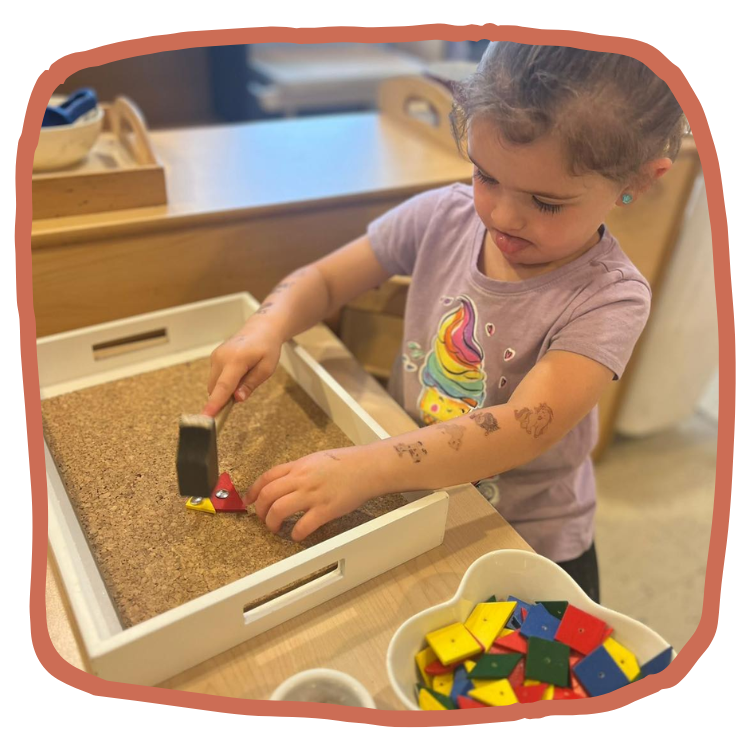
Accessibility
We prioritize both our parents and their children by offering dedicated onsite parking, including spaces for disabled access. Our facilities include valuable resources, classes, and we regularly have family celebration days, ensuring that the early education journey is enjoyable and enriching for both parents and students.
Here's What Our Team Have To Say
We LOVE our team and we're so proud to share some of their thoughts with you ....
Schedule a tour at
La Bella Vita Montessori
The best way to discover what makes La Bella Vita special is to see it firsthand. We provide engaging and interactive tours at our Omaha location daily.
We look forward to meeting you soon and getting to know you and your child more!
Privacy Policy | Copyright © 2024 La Bella Vita Montessori
